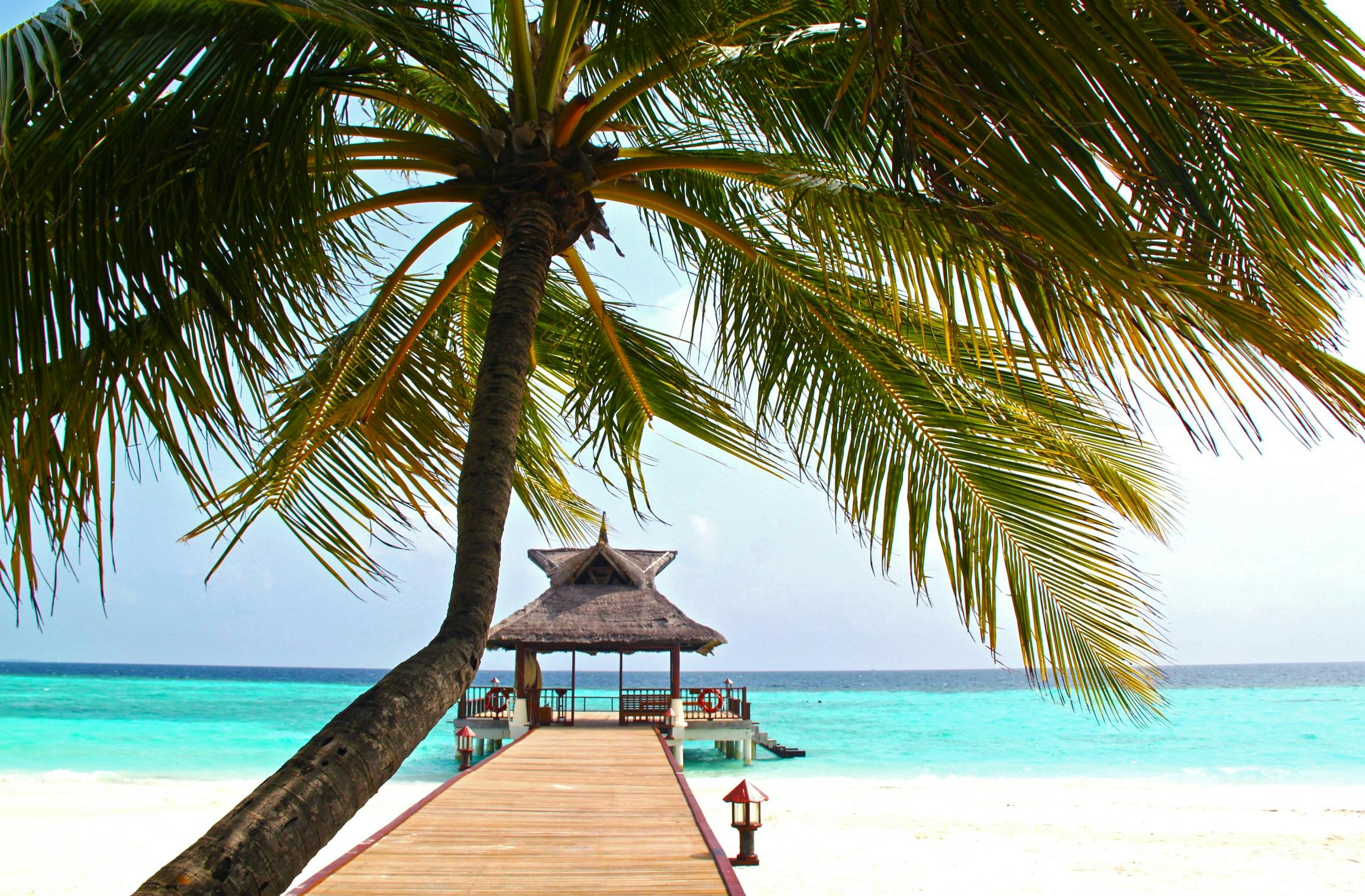Veliko Turnovo is located in central Bulgaria, in the foothills of the Balkan Mountains. It stretches over the historic hills of Tsarevets, Trapezitsa and Sveta Gora, rising above the wide bends of the Iantra River. The city is more than 7000 years old. Veliko Tarnovo impresses with its original Renaissance architecture: old houses, located on top of each other, towers, splendid museums and icon-painting monasteries that attract tourists from all over the world. Capital of the Second Bulgarian Kingdom, Turnovo offers some of the most abundant and important cultural and historical attractions in Bulgaria. It also offers a lively modern nightlife and nature with great opportunities for sports and relaxation.
Veliko Tarnovo has a rich historical past. The first signs of life date back to the 3rd millennium BC. The first inhabitants were the Thracians and their settlement existed until the end of the Bronze Age. The next inhabitants were the Byzantines. A large Slavic settlement was located here during the 8th century BC. The Old-Bulgarian settlement appeared during the 9th century. and during the X c. the Tsarevets, Trapezitsa and Sveta Gora hills were already richly populated. The brothers Asen and Peter successfully staged a revolt against Byzantine rule in 1187 and declared Veliko Tarnovo the capital of Bulgaria. Turnovo became a well-fortified city and a major political, administrative, economic, and cultural center in Europe for the next 200 years. Contemporaries referred to it as “The Second Constantinople” and “The Third Rome”.
The most important remnant of these times is the Tsarevets Archaeological Reserve, a restored fortress surrounding the Tsarvets Hill. One of the main attractions of the fortress are the Baldwin towers, where the Latin emperor Baldwin was captured and imprisoned during the crusade in the early 13th century. The palace of the Bulgarian tsars was an independent fortress with the fabulous Throne Hall and the palace church of St. Petka. The Bulgarian Patriarchate was situated on the highest place in the fortress. In recent years, the fortress has received new praise with the “Lights and Sound” show, a program that combines light and sound effects to reproduce the history of the ancient Bulgarian capital.
Venturing beyond the fortress walls, one enters a historically preserved neighborhood with narrow, winding cobblestones lined with artisan shops, cafes, restaurants, and boutique hotels. You can admire the many completely renovated Renaissance houses in a typical Bulgarian style, interspersed with ruins and old churches. Gurko Street and the Samovodska Charshia ethnographic complex reveal an array of Renaissance houses that seem to have landed on top of each other, overlooking the Iantra River. The Sarafkina house, built in 1861, is a particularly beautiful specimen.
There is much to do around Veliko Turnovo, including fourteen monasteries built during the Second Bulgarian Kingdom in the 12th – 14th centuries. Many of them were destroyed during Ottoman rule and were renovated by the self-taught Bulgarian architect and builder Kolio Ficheto and painted on the walls by Zohari Zograf during the 19th century. One of the largest is the Preobrajenski monastery which was founded at the time of the Second Bulgarian Kingdom during the 13th – 14th centuries. by Queen Sara, wife of Tsar Ivan Alexander. It had an important role for the spiritual life of the capital. It is situated 6 km from Veliko Tarnovo in a beautiful area with vertical rocks in the canyon-shaped gorge of the Iantra River.
Turnovo has a lot to offer for people interested in history and architecture, but it is also a very vibrant and energetic city with long pedestrian zones, restaurants, shops and cafes. It is a favorite destination for Bulgarians of all ages and interests, as well as international tourists.
